Subtitles are text versions of the dialog or commentary in films, TV programs, games, and other types of video content. Subtitles are usually displayed at the bottom of the screen, but in some cases, subtitles are placed at the top when there is already text at the bottom.
The text of subtitles may be a written rendering of the dialog or a translation of the dialog to a foreign language. Video broadcasting platforms like YouTube and Vimeo, as well as streaming services, such as Netflix, Apple TV, Disney +, and Hulu - all offer native subtitles in different languages for a substantial amount of videos in their rotation.
If you want to play a video with subtitles on your computer, you can choose nearly any popular player. Below you can find short and easy instructions on how to enable the subtitles display within different video players on Windows, macOS, and Linux.
Windows Media Player
Open the video and right-click in the player window. In the dropdown menu, select Lyrics, Captions and Subtitles > On if available.
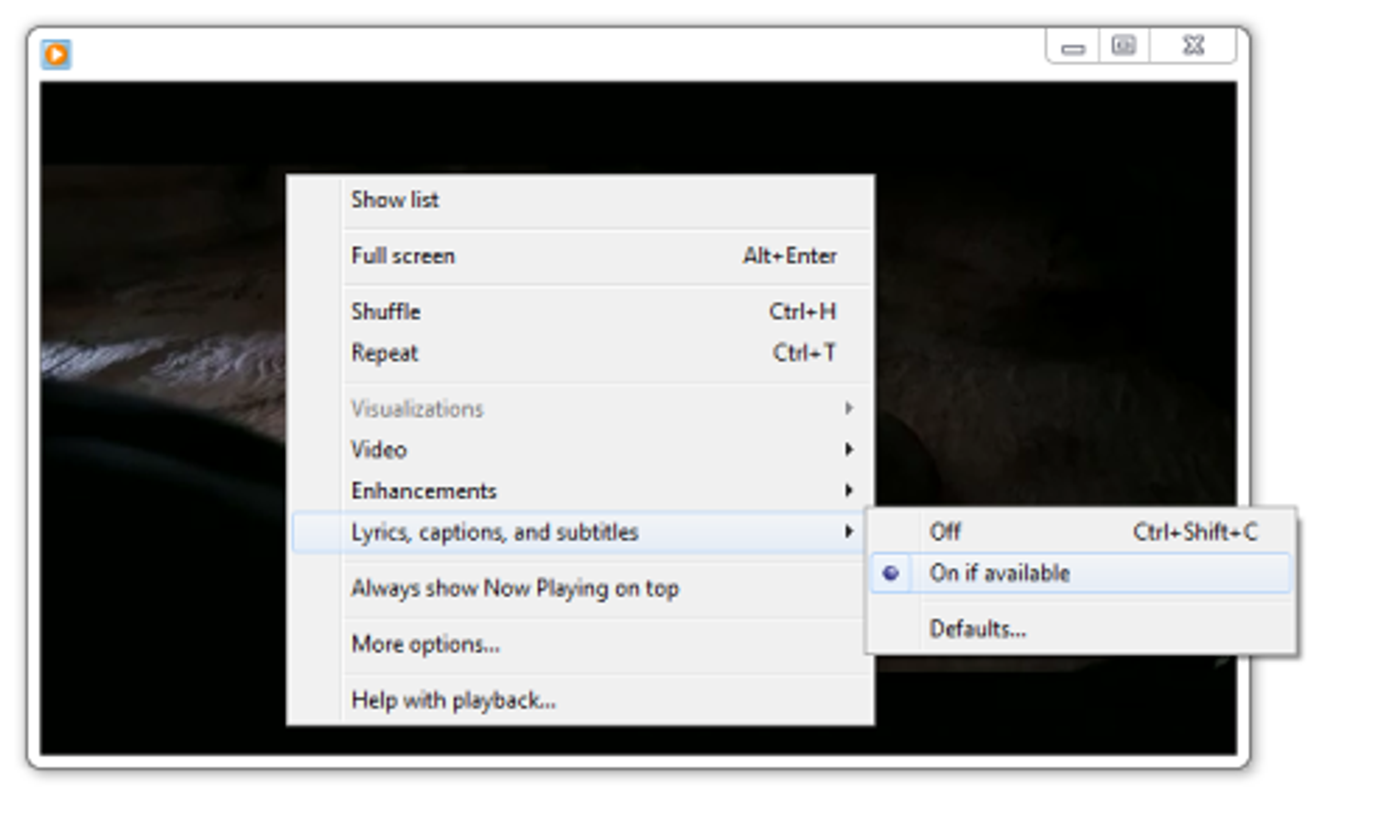
Quick Time Player
At the menu bar, click View and hover the cursor over Subtitles to turn them on and see the available options.
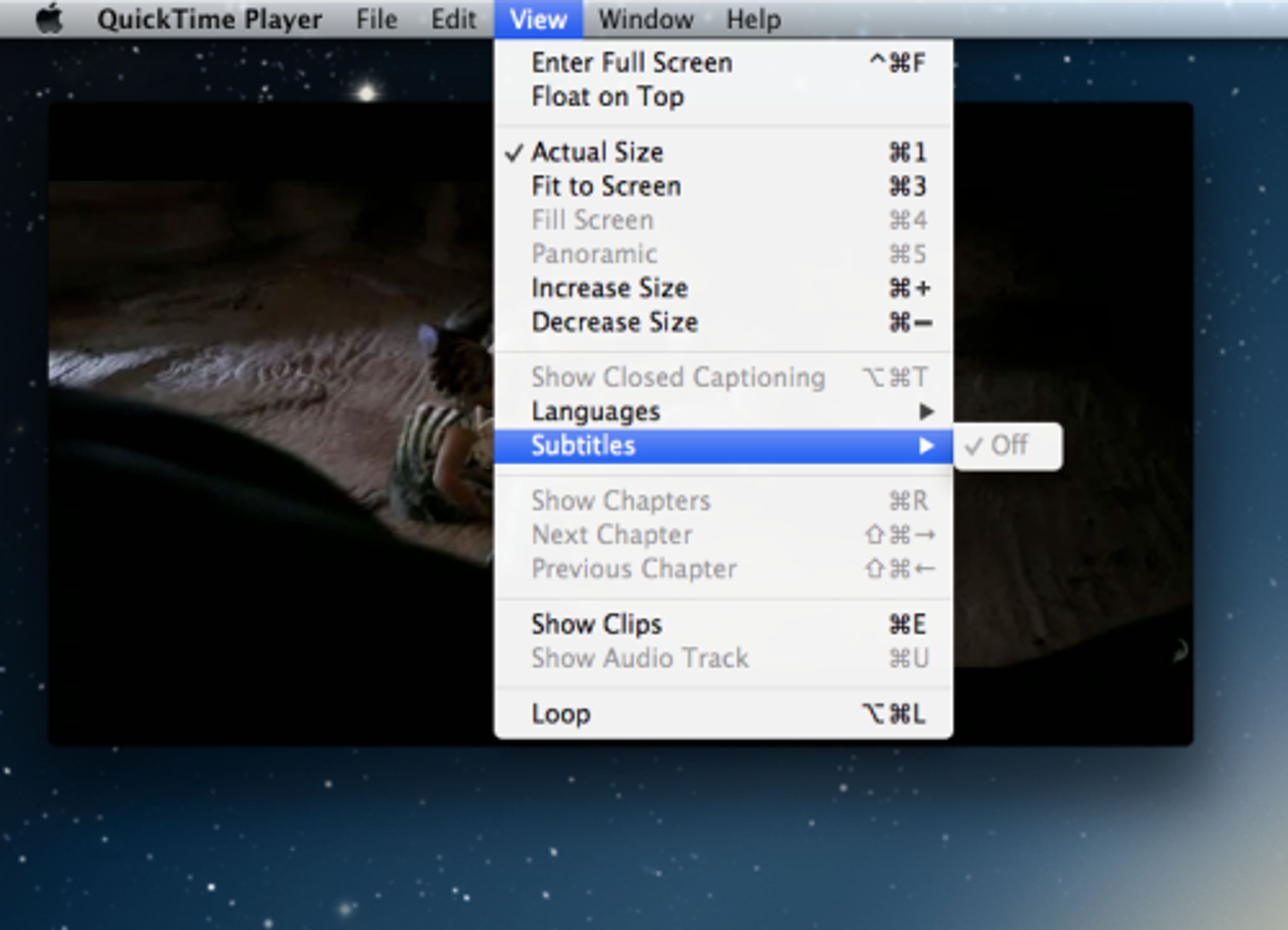
Media Player Classic
At the menu bar, click Play and hover the cursor over the Subtitles to enable their display and select specific subtitle tracks.
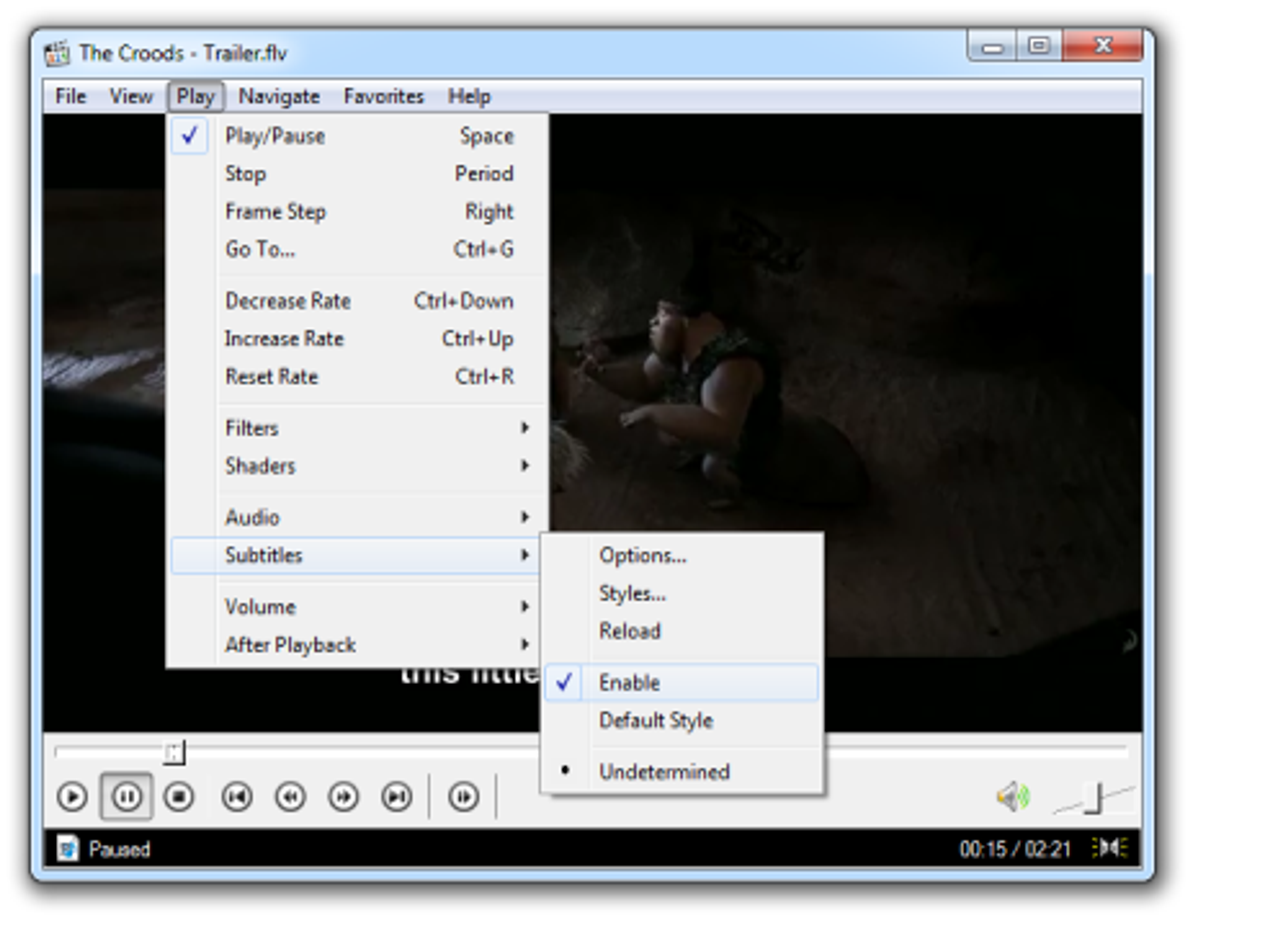
VLC
At the menu bar, click Video > Subtitle Track to enable the subtitles display, choose one of the available subtitles or upload a new subtitle track by clicking Open File.
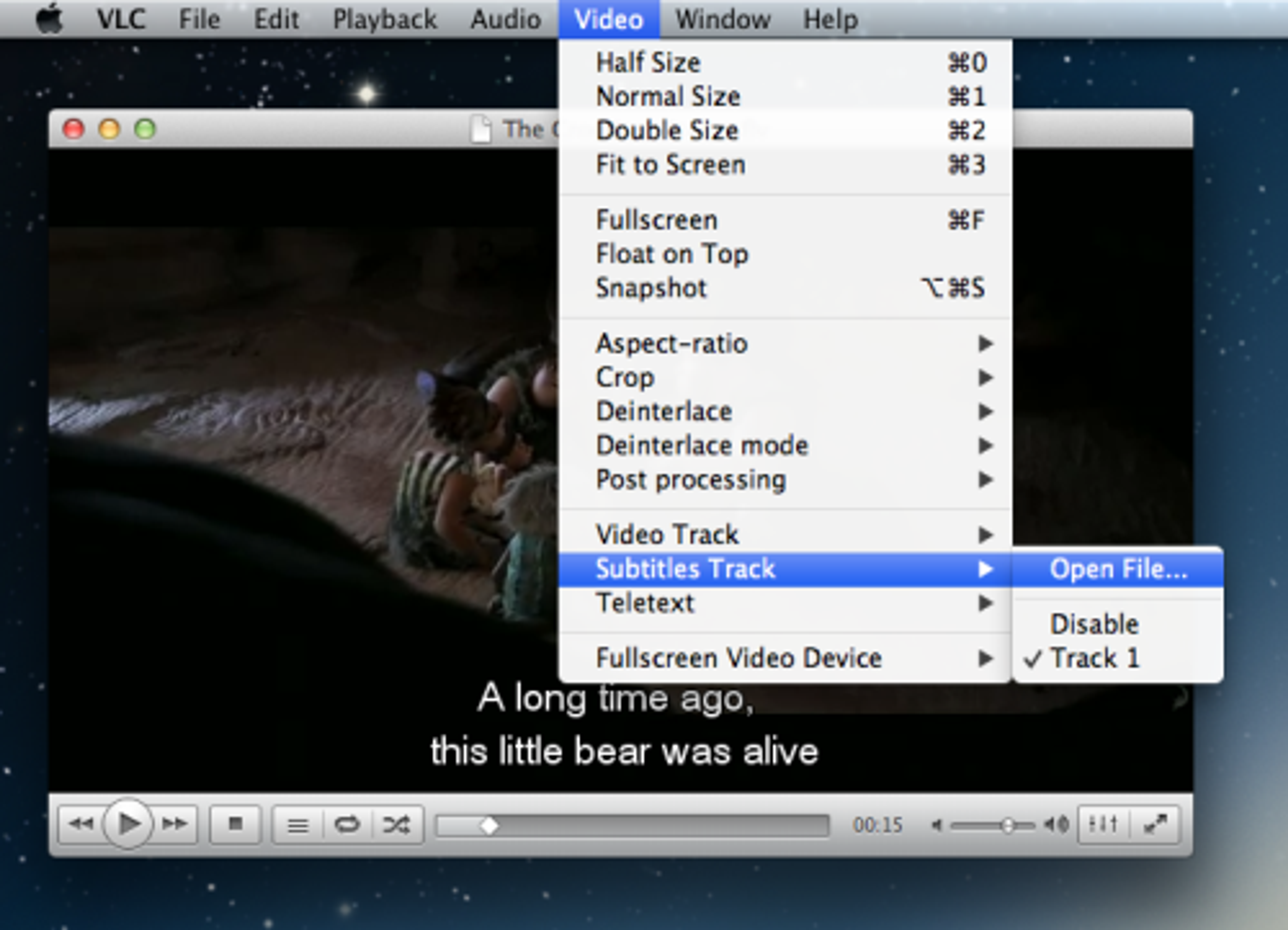
MPlayerX
At the menu bar, click AVS > Switch Subtitle to turn on, select or input the subtitles.
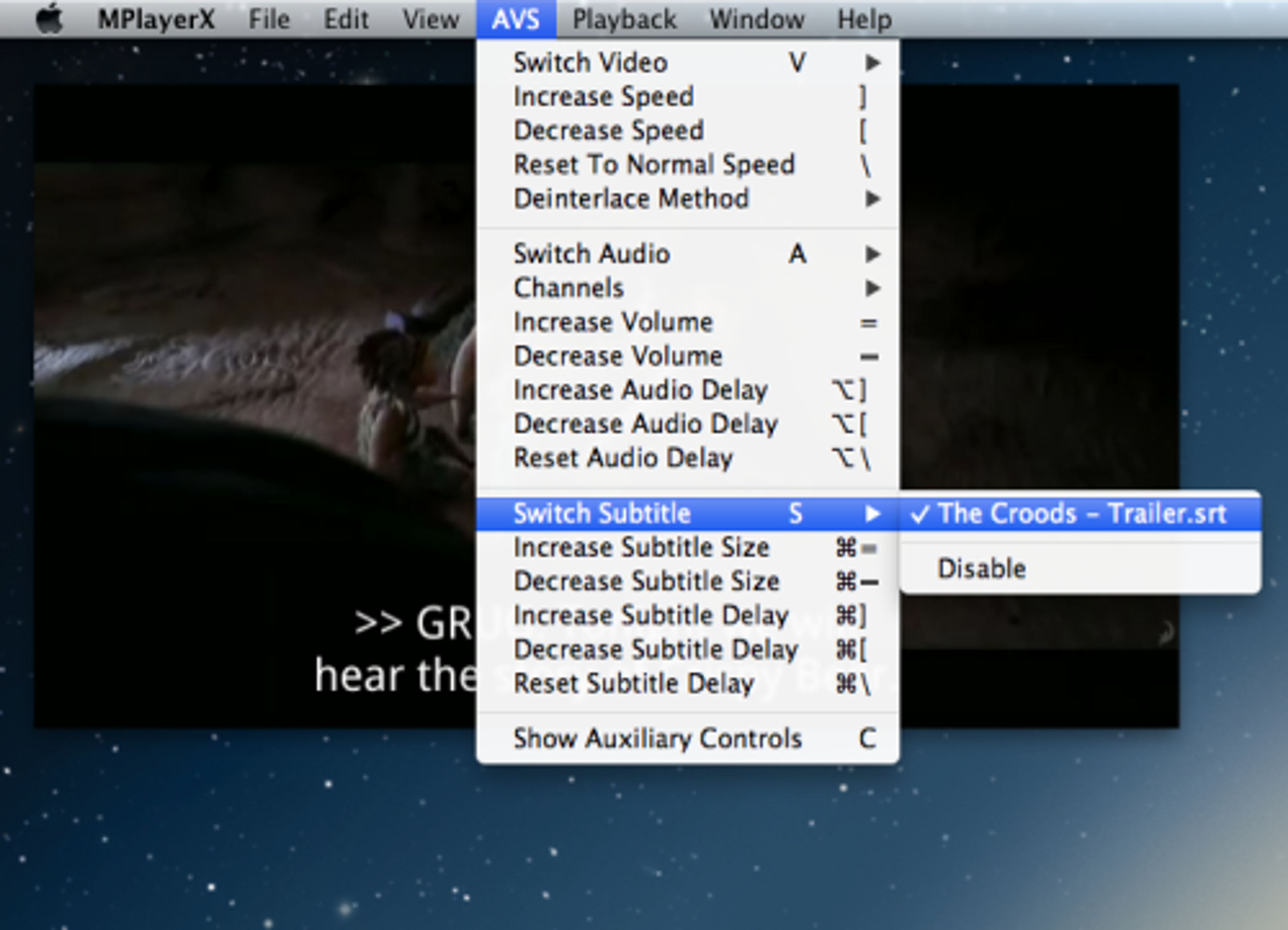
Totem
At the menu bar, click View > Subtitles to enable the display of subtitles and select specific tracks.
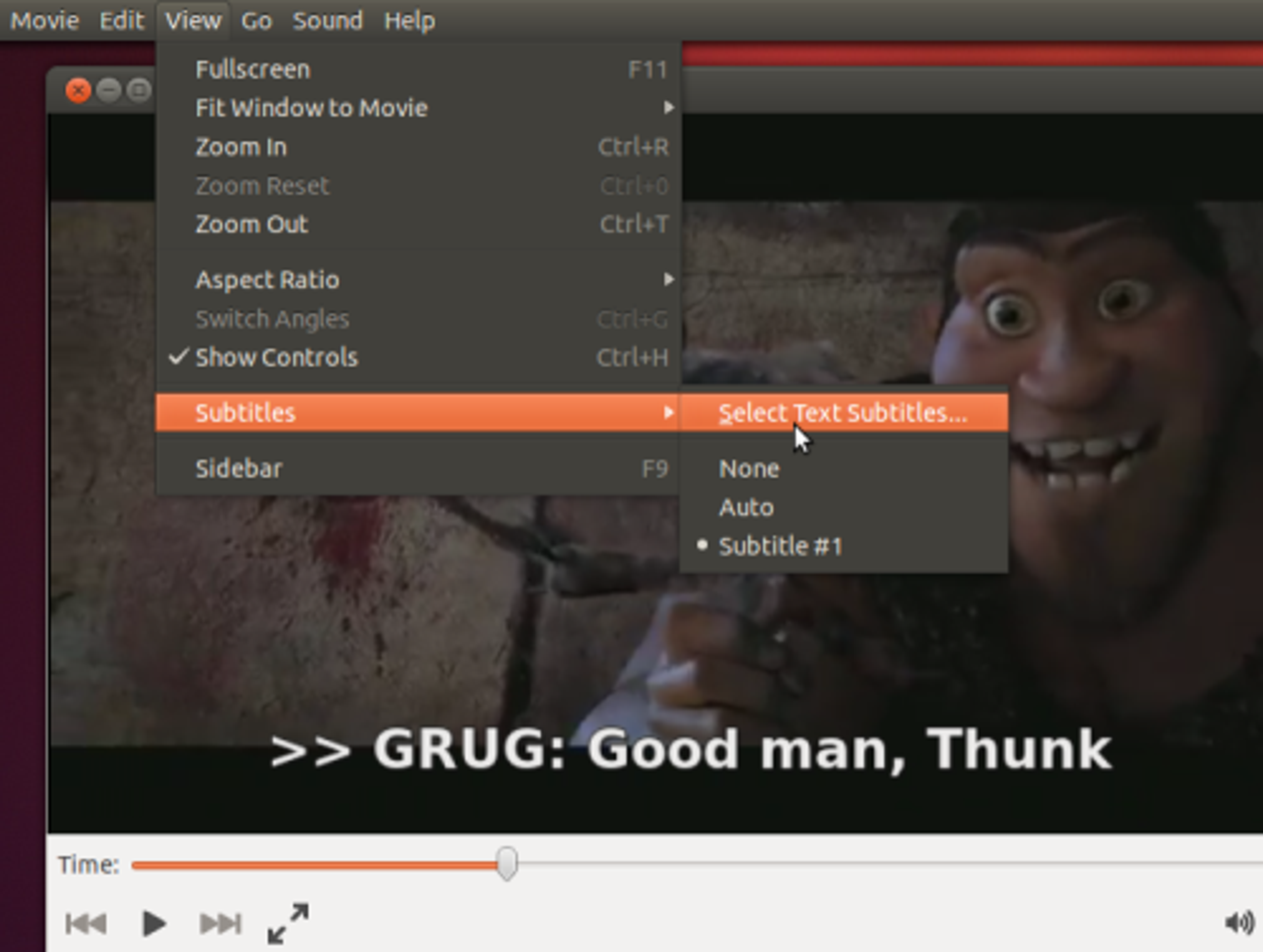
Please don't forget to name the subtitle file the same as video file. I hope you will not have problems to watch video with subtitles with any player on any OS.